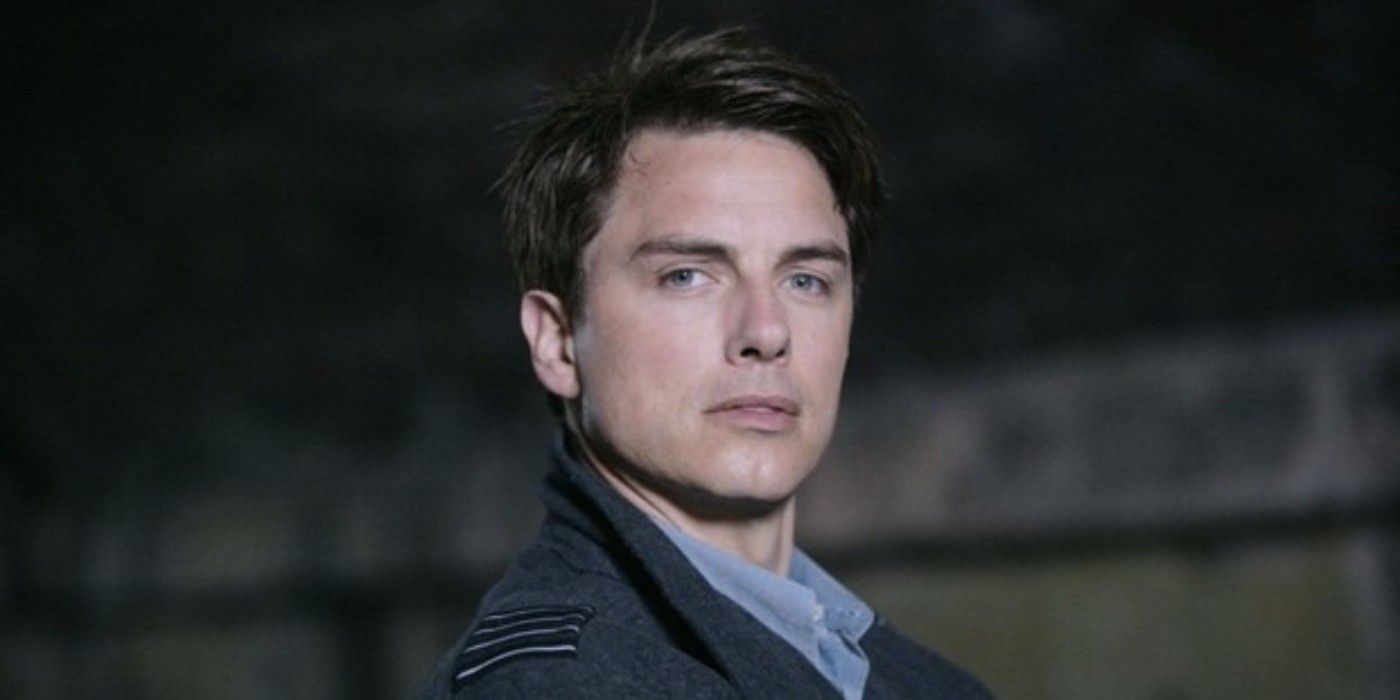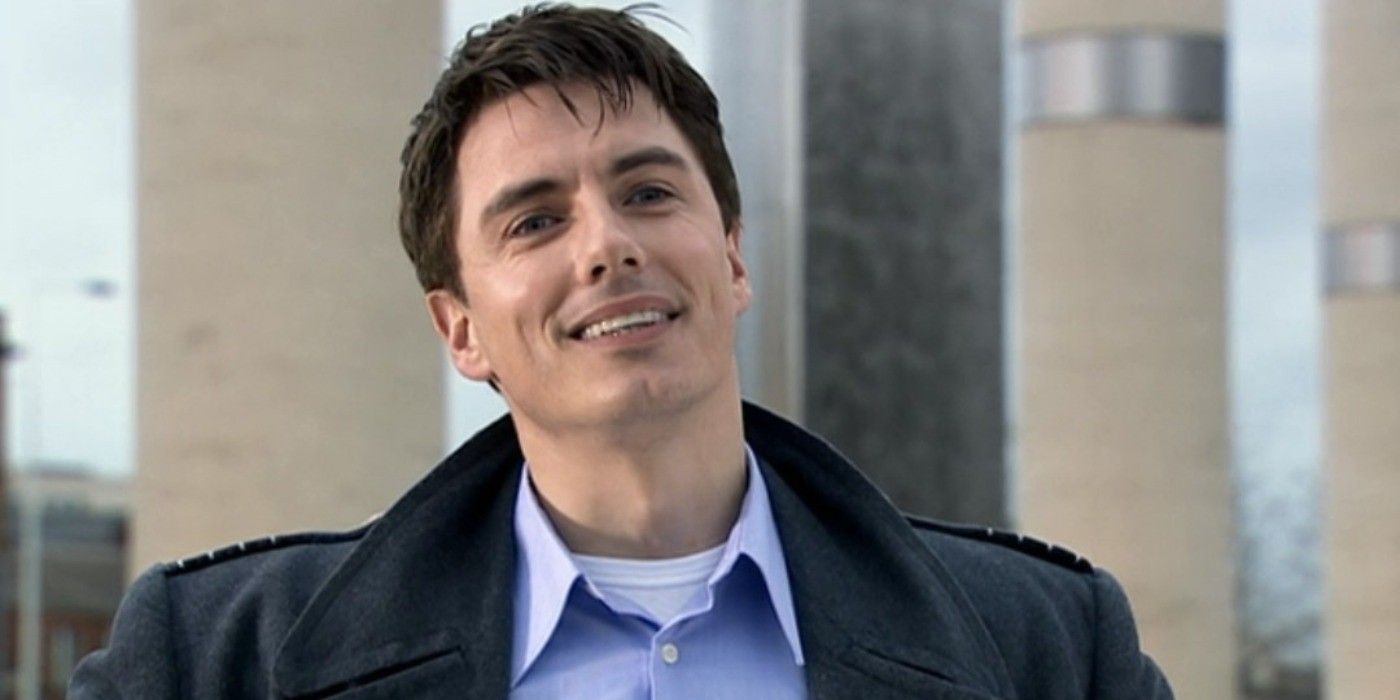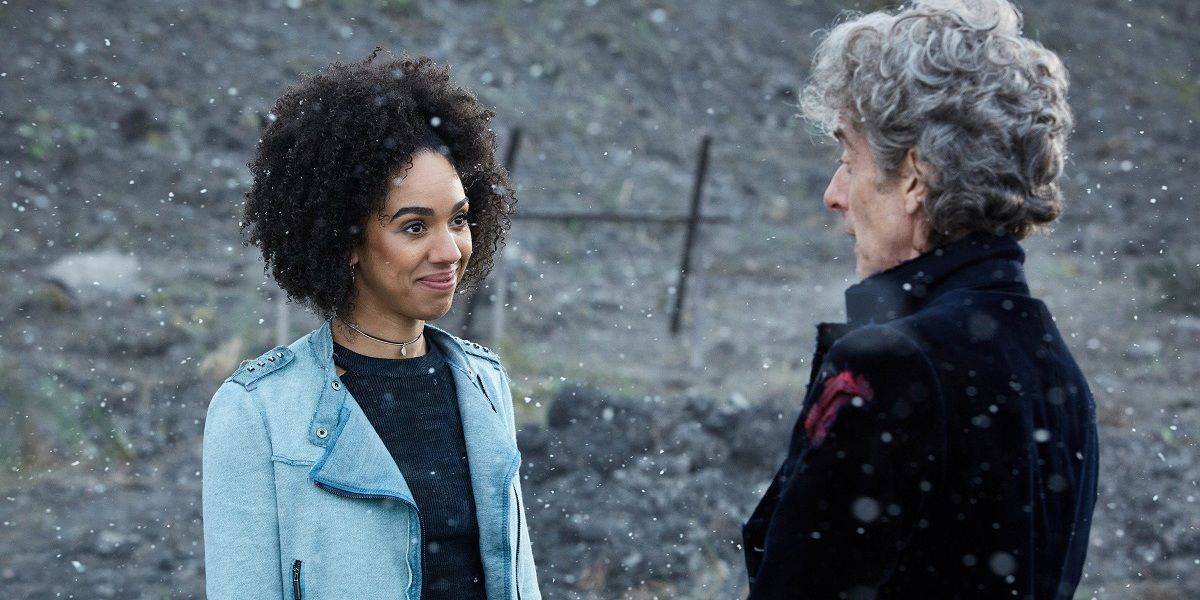Doctor Who is a show considered ahead of its time for many reasons. The casting of Jodie Whittaker as the first female Doctor after thirteen white male actors in the main role was a surprise to many fans of the show -- and opened up discussions about recasting male characters from other franchises like James Bond to make popular movies more diverse. Doctor Who has also taken steps to become more inclusive over the years and featured more people of color and canonically gay characters. Most Doctor Who fans know Madame Vastra and Jenny, a lesbian couple from Steven Moffat's era. However, Russell T. Davies was already including good LGBTQ+ representation at the start of New Who.
Davies, writer of It's a Sin and creator of Queer As Folk, included canonically gay characters in Doctor Who during his four years as showrunner. Captain Jack Harkness first appeared alongside The Ninth Doctor and Rose Tyler in the first season of the revival and openly expressed romantic interest in men, women and other genders, both from Earth and other planets. In Season 1, Episode 13, "The Parting of Ways," Jack kissed both Rose and the Ninth Doctor to say goodbye before they fought the Dalek Emperor, and it wasn't played up as a huge moment in the episode. That inclusion of a simple kiss between two men was more effective than LGBTQ+ representation in later seasons, as it seemed more realistic and didn't come across as self-congratulatory.
Jack later met Alonso Frame, a character from the Doctor Who Christmas special "Voyage of the Damned," at a bar in Davies' swan song "The End of Time" and the two men openly flirted with each other. This was likewise shown as a small romantic moment between two strangers and did not feel like it was being overemphasized or included as tokenism. While Davies' era of Doctor Who was airing, he was also working on Torchwood, a spinoff series featuring Jack as the main character. Jack's main love interest in Torchwood was Ianto Jones, another male character.
While the LGBTQ+ characters and storylines in the Moffat years of Doctor Who definitely weren't offensive, they did leave much to be desired compared to what fans got from that initial run. Madame Vastra and Jenny, introduced in Season 6, Episode 7, "A Good Man Goes to War," were the best LGBTQ+ representation the show had since Davies left in 2009. But then in Season 6, Episode 12, "Closing Time," there was also a bit where a department store employee assumed that the Eleventh Doctor and Craig Owens were a gay couple. That led to multiple gay jokes about the Doctor and Craig, most of which weren't very flattering.
Bill Potts, who was canonically a lesbian, later became a new companion in Season 10 alongside the Twelfth Doctor -- but was eventually killed off in the first part of the season finale, playing into the "bury your gays" trope. Although Bill was revived in the second part by her girlfriend Heather, the decision to kill her to begin with didn't leave a good impression with fans. After Moffat left and Chris Chibnall took over as showrunner in 2018, Doctor Who also explored LGBTQ+ themes with Jodie Whittaker's Thirteenth Doctor, but that storyline still wasn't as effective as what Davies originally introduced 16 years ago.
Russell T. Davies' era of Doctor Who showed how to include LGBTQ+ characters without playing into tropes or tokenism. Having a few genuine moments between LGBTQ+ characters was much more meaningful than making jokes at the expense of the LGBTQ+ community or killing gay characters off. With Davies' return to Doctor Who coming closer, fans will likely be able to look forward to more good LGBTQ+ representation in future seasons of the show.



